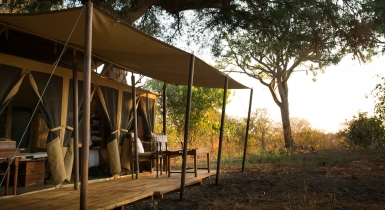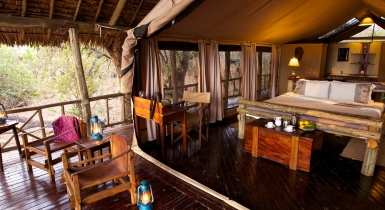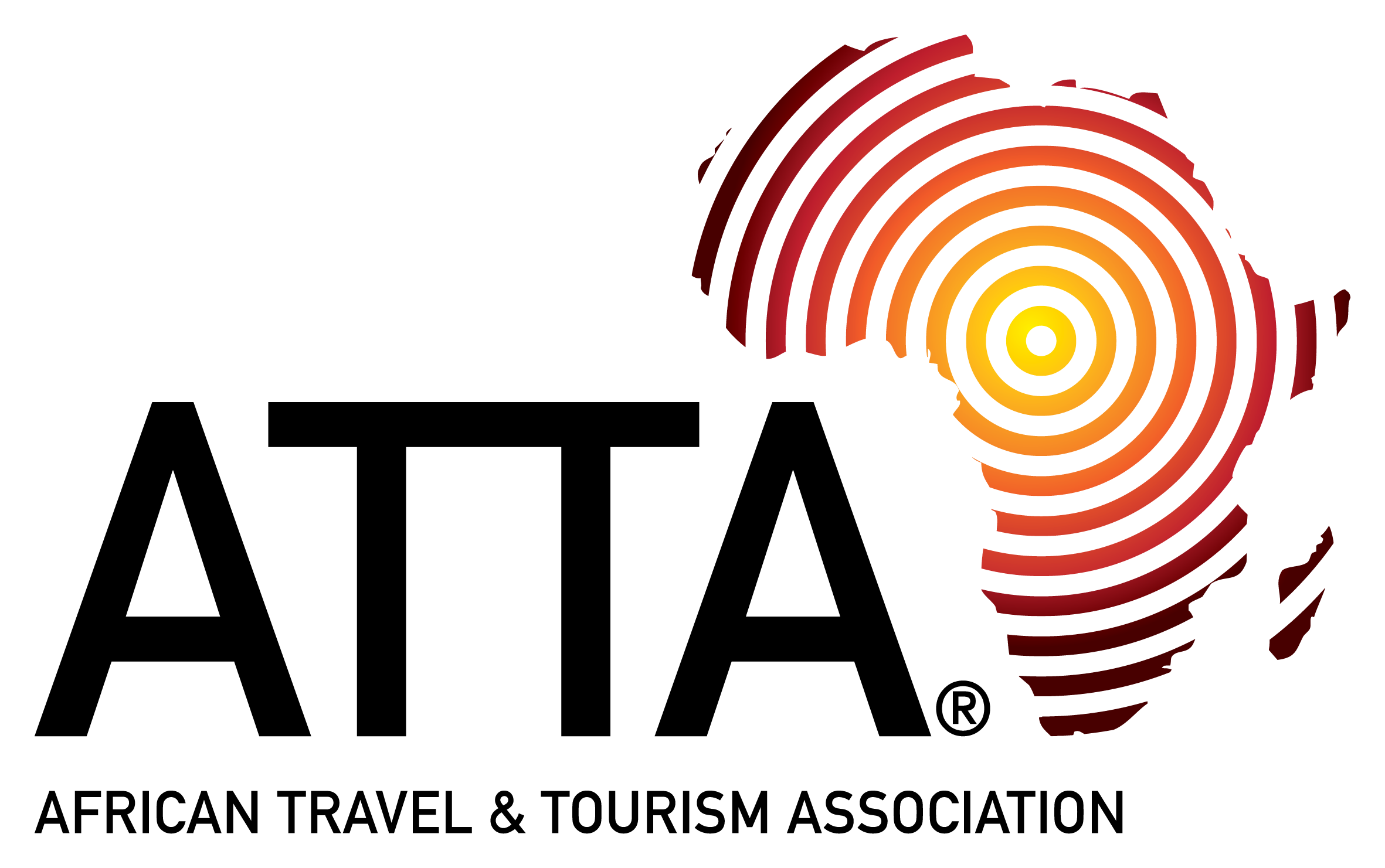Located in the far west of Tanzania, Katavi is one of the most remote parks in Africa, offering a true wilderness experience away from the crowds. This is the African bush at its most wild, and very few travellers get the chance to experience it.
As Tanzania’s third largest park, Katavi is naturally geographically diverse, comprising large areas of acacia and miombo woodland, expansive lakes home to all manner of wildlife, and extensive floodplains irrigated by a network of seasonal rivers and waterways.
Game-viewing in Katavi tends to focus on the Chada and Katisunga floodplains and the waterways that connect them, which during the dry season attract a diversity of game. Between June and October, you can expect to encounter huge herds of zebra, impala and buffalo. Katavi is also home to healthy populations of lion, leopard, giraffe, hyena and hippo, as well as all manner of smaller game and bird life. Taken together, Katavi NP and the surrounding reserves of Lukwati, Luafi and Rukwa, form one of the most impressive ecosystems in Africa.
In and around Katavi National Park, Tanzania
Few make it to Katavi, or western Tanzania in general, which is also home to remote parks such as Gombe Stream and the Mahale Mountains. The region is remote, difficult to access, and can be quite costly. Those who do make the effort are well rewarded, however.
Safaris in Katavi are conducted by 4x4, with the option of both day and night game drives (night drives require pre-booking at Chada Camp). Walking safaris are also a possibility in Katavi, with Chada Camp offering terrific fly-camping safaris.
Katavi is best-visited in the dry season (generally Jun-Oct), when the game is concentrated in a smaller number of regions. The wildlife disperses from November on, making game-viewing much less rewarding. The fact that Katavi receives so few visitors means it never feels overly busy, even during the dry season, unlike many other parks.





